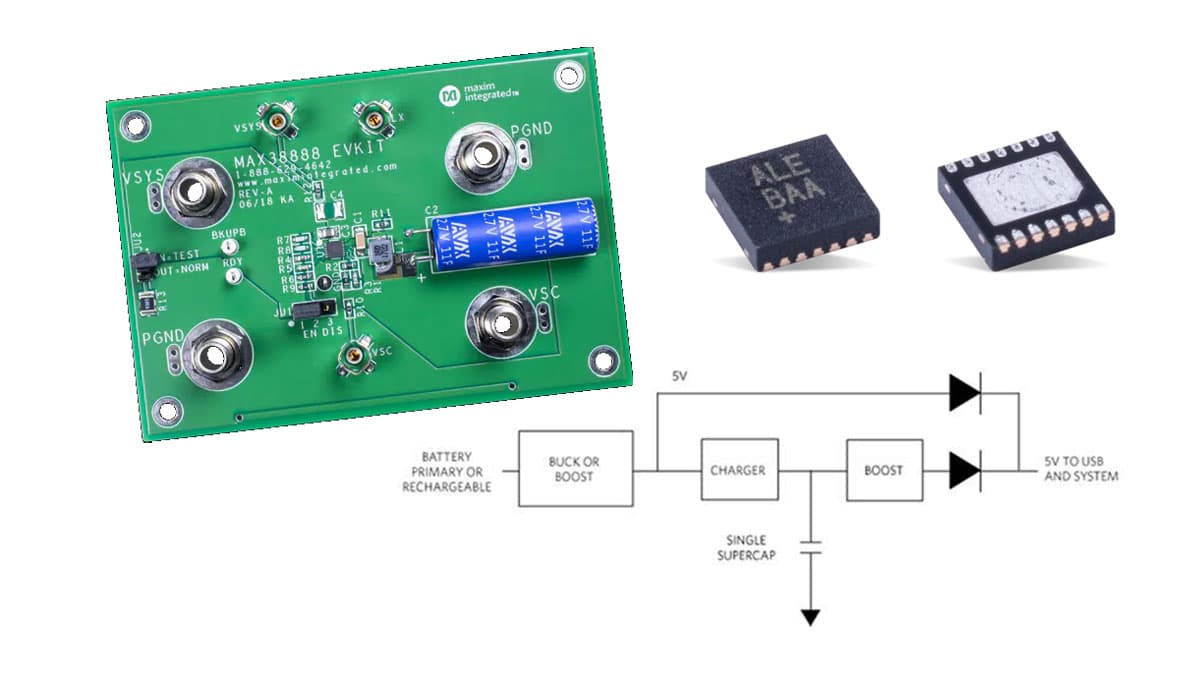
How to Build a Supercapacitor Power Backup
Supercapacitors, also known as ultracapacitors or electric double-layer capacitors, are a type of energy storage device that offers high power density and rapid energy discharge. They are ideal for powering devices that require quick bursts of energy, such as digital cameras, laptops, and even electric vehicles. In this article, we will show you how to build a supercapacitor power backup system that can provide reliable backup power during outages or emergency situations.
Materials Needed:
- Supercapacitors
- Rectifier diode
- Voltage regulator
- Switch
- Connector cables
- Breadboard
- LED indicator
- Power source
Before we begin constructing the supercapacitor power backup, it is essential to understand the basic components involved in the system. Supercapacitors store energy in an electric field and can release it rapidly when needed. A rectifier diode ensures that the supercapacitors are charged correctly, while a voltage regulator maintains a stable output voltage. A switch allows you to control the flow of power, and connector cables enable you to connect the components together. A breadboard is used to prototype the circuit, and an LED indicator can be added to signify when the backup power is active. Lastly, a power source is needed to charge the supercapacitors.
Construction Process:
1. Begin by connecting the supercapacitors in parallel to increase the total capacitance and energy storage capacity. Ensure that the positive and negative terminals are correctly aligned to avoid short circuits.
2. Connect a rectifier diode to the positive terminal of the supercapacitors to prevent reverse current flow and protect the components from damage.
3. Attach a voltage regulator to the output of the supercapacitors to stabilize the voltage and prevent fluctuations that could damage sensitive electronics.
4. Add a switch between the voltage regulator and the load to control the flow of power. This switch can be manually operated or automated with a timer or sensor.
5. Connect the LED indicator to the output of the voltage regulator to indicate when the backup power is active. This visual cue can be helpful in monitoring the status of the system.
6. Finally, connect the power source to the supercapacitors through the rectifier diode to charge the supercapacitors and keep them ready for use during a power outage.
Conclusion:
Building a supercapacitor power backup system is a rewarding DIY project that can provide peace of mind during unexpected power outages. By following the steps outlined in this article and carefully selecting the right components, you can create a reliable backup power solution that will keep your devices running when you need them most.
Was this helpful?
0 / 0